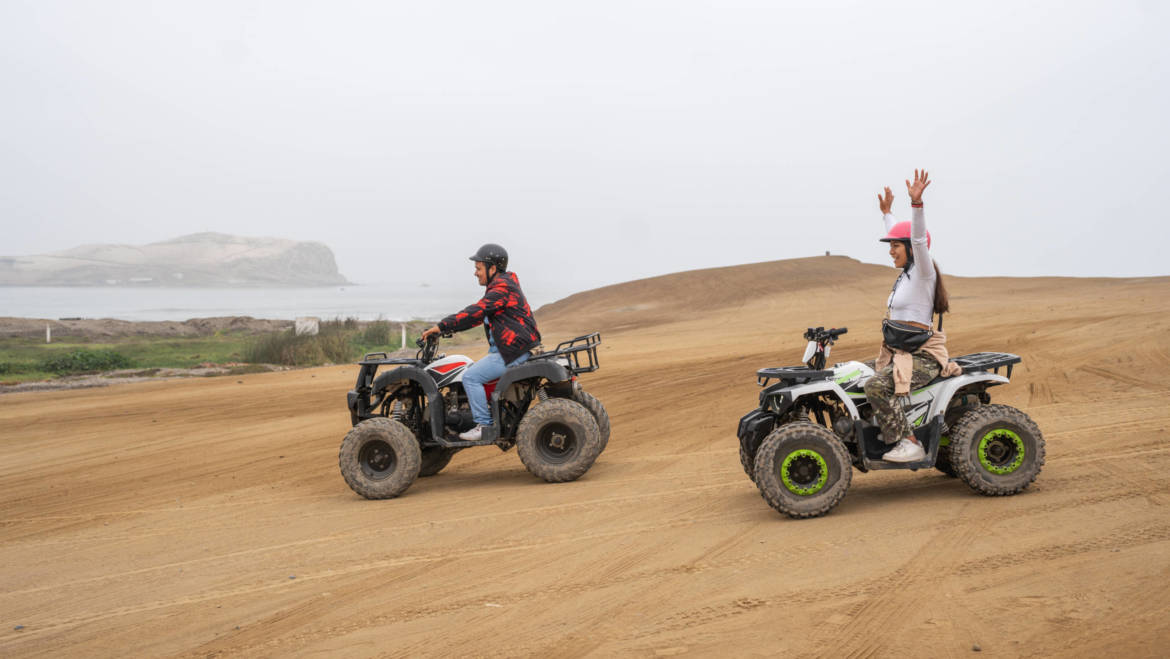Like many of life’s more adventurous pastimes, owning and riding an ATV is not free of risk.
The risks of riding an ATV are very different than driving a car. There is less chance of a collision with another vehicle on an ATV; however, the terrain is more dangerous, with unexpected obstacles including rocks, trenches and trees on back roads.
ATVs are not the same – varieties include those with three, four, six and even eight wheels. The size of the vehicles can range from as small as 500 cubic centimeters (cc) for younger children to more than 1,000 cc for larger ATVs for transporting up to six people. Added to these differences is the intended use of the ATV. Some are utility vehicles used in the agriculture and ranching industries for work purposes; others are made for sportier pastimes, with ample suspension to handle bumps and quick turns.
Not surprisingly, the insurance policies absorbing third-party property damage and bodily injury risks as well as first party injuries and vehicle damage or theft are equally diverse.
ATV owners should be familiar with their state’s insurance regulations governing ATV ownership. For instance, many states require drivers to have liability insurance, though not all do. An insurance agent who understands the risks of ATV ownership may advise drivers to purchase this insurance coverage, given the possibility of steep financial losses.
Using an insurance agent to find ATV insurance
In fact, an insurance agent may be an ATV owner’s best friend when it comes to buying comprehensive insurance that transfers personal risks to an insurance company. Agents can help craft an insurance policy for riders at an appropriate premium. They’ll ask how often the vehicle is used, for what purposes and on what types of terrain. Occasional riders driving on flat terrain or those using the vehicle for work purposes may only need basic liability insurance. Others who ride hard on unfamiliar off-road terrain may require broader insurance protection customized to their particular needs.
The types of coverage vary. Liability coverage addresses bodily injury and property damages to others if the policyholder is found to be at fault in an accident.
Collision insurance generally covers damage to the ATV if the owner hits another vehicle or another vehicle collides with the owner’s ATV. Comprehensive coverage pays for damages to the ATV not caused by a collision, such as those from vandalism and falling objects. Losses due to fire, floods, other natural disasters, and theft are also absorbed.
Another crucial coverage is uninsured or underinsured motorist insurance to protect owners from the possibility of other drivers lacking liability insurance, or not having enough insurance, or funds to pay for the owner’s and his or her passengers’ injuries and damages. Other typical coverages include medical payments that may absorb the resulting cost from a covered accident, regardless of fault, and original equipment manufacturer (OEM) endorsements ensuring that damaged vehicles are repaired with new parts from the OEM.
An insurance agent can assist ATV owners with these complex decisions while pointing out possible ways to reduce the insurance premium. For instance, some insurers, including Nationwide, offer ATV insurance discounts on its policies.
Even the world’s best ATV riders know accidents happen. By having one’s net wealth protected with superior insurance coverage from Nationwide, riders can relax and enjoy the pleasures of off-road adventures.
Blog Credit to our Partners: Nationwide Insurance

